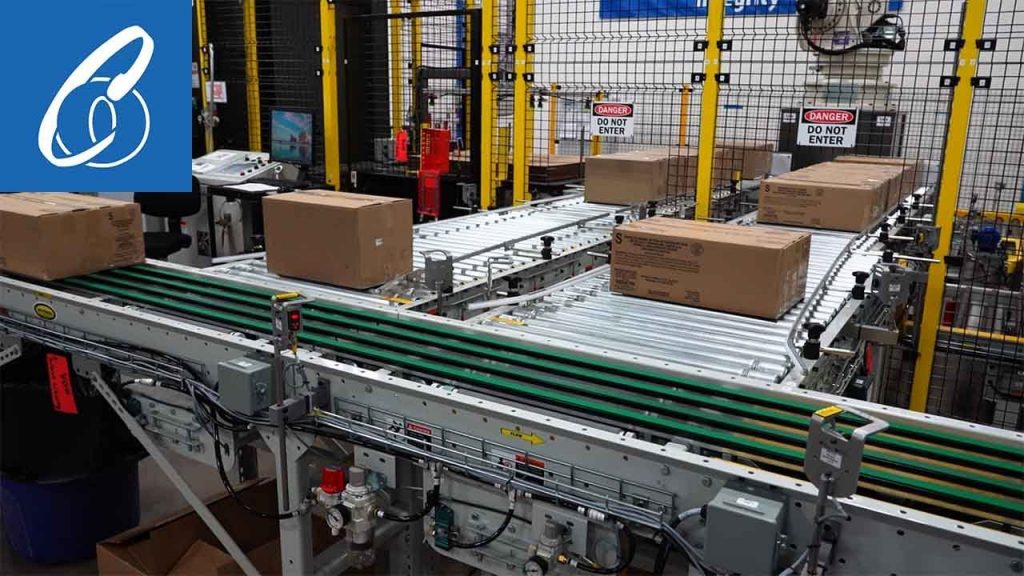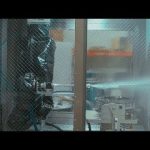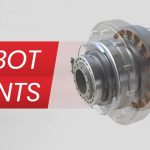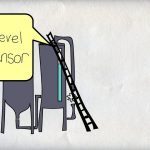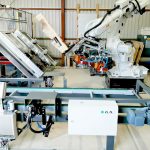In today’s fast-paced manufacturing industry, flexibility is a crucial factor when designing and implementing an end-of-line system. This is especially true if you have multiple production lines that require efficient and versatile automation. Robotic manufacturing has emerged as a game-changer in this regard, offering advanced solutions that enhance productivity and adaptability.
The concept of robotic manufacturing involves the integration of robotic systems into various stages of the production process. These robots can be programmed to perform a wide range of tasks, from assembly and packaging to quality control and material handling. By incorporating robotics into the end-of-line system, manufacturers can achieve higher levels of efficiency, accuracy, and speed.
One key advantage of using robotic systems is their flexibility. Traditional manufacturing systems often require dedicated machinery for specific tasks, limiting the overall versatility of the production line. In contrast, robotic manufacturing allows for easy reconfiguration and customization to meet changing production needs. With the ability to handle different products, sizes, and packaging requirements, robotic systems offer unmatched adaptability.
A prime example of flexibility in robotic manufacturing is the implementation of a manufacturing end-of-line system with a lane diverter and robotic palletizer. In this setup, products are conveyed along a production line, and a lane diverter allows for seamless sorting and diversion of items based on predetermined criteria. This ensures efficient flow and distribution of products to the respective destinations.
Once the products are sorted, a robotic palletizer takes over the task of stacking and organizing them onto pallets. The robotic arm can precisely pick up items of varying sizes and shapes, arranging them in the most space-efficient manner. This eliminates the need for manual labor and reduces the risk of errors and injuries associated with repetitive tasks.
The integration of robotic manufacturing into the end-of-line system brings numerous benefits. Firstly, it significantly increases productivity and throughput. With robots working tirelessly and consistently, manufacturers can achieve higher production rates and meet customer demands more effectively.
Secondly, robotic systems enhance product quality and accuracy. By automating tasks like packaging and palletizing, the risk of human errors is minimized, ensuring consistent and precise results. This leads to improved customer satisfaction and reduced waste or rework.
Furthermore, robotic manufacturing offers a cost-effective solution in the long run. While the initial investment may be higher than traditional systems, the operational efficiency and reduced labor requirements result in significant savings over time. Additionally, the adaptability of robotic systems allows for easy scalability, accommodating future growth and changes in production requirements.
In conclusion, flexibility is a crucial factor in designing and implementing an end-of-line system, especially when multiple production lines are involved. Robotic manufacturing provides the necessary adaptability to meet the ever-changing demands of the industry. By integrating robotic systems, such as a lane diverter and robotic palletizer, manufacturers can achieve higher levels of productivity, accuracy, and cost-effectiveness. Embracing the advancements in robotic manufacturing is essential for staying competitive in today’s fast-paced manufacturing landscape.
Check the coil packing solution with a leading manufacturer for professional solutions in robotic manufacturing. Industrial Robot
“Streamlining Manufacturing Processes with Lane Diverter and Robotic Palletizer for Efficient End-of-line Systems”
